It was in 1938 that Georg Elser, a German worker, decided to kill Hitler.
In November of that year, Elser went to see Hitler’s annual speech on the anniversary of the Beer Hall Putsch at Bürgerbräukeller. He wasn’t able to get into the hall during the speech, but after the crowd dissipated, Elser snuck in to have a look. He knew Hitler would return to the same venue the following year to yet again commemorate his failed coup attempt.
He went back to his home in Königsbronn and took a job in a metal factory. He’d already been working at an armament factory in nearby Heidenheim, where he’d started systematically stealing explosives. He eventually amassed 105 blasting cartridges and 125 detonators.
Over the next few months, he built over 250 pieces of explosives at work. By July he was testing timed explosives he’d built using clock parts and turn signals from cars in a secluded orchard owned by his parents.
In August 1939, Elser moved to Munich. He rented a place with two unsuspecting couples and lived modestly off his savings. Every night he’d eat a late dinner at the Bürgerbräukeller restaurant. After dinner Elser would hide in the adjoining beer hall after its doors were locked and work on hollowing the column behind the speaker’s rostrum. He installed a secret door in the panelling of the pillar, and spent his nights, between 10:30 p.m. and 3 a.m. carving out the space behind it. He’d store the debris in a briefcase and exit through the backdoor at 6:30 a.m., when the hall opened. He built the bomb during the day; he told the couples he was an inventor to explain the intricate plans he’d drawn.
On November 5, the guts of the pillar had been replaced by Elsner’s “infernal machine.” Upon finishing he celebrated with an extra cup of coffee. On November 6, he visited his sister, left his tools with her and her family, and bid a vague farewell. He returned to Munich the next day to check on the bomb and left for Sweden on the morning of November 8.
That night, eight high-ranking Nazi officers were killed and 63 were injured when the bomb exploded right on time at 9:20 p.m., exactly 13 minutes after Hitler left the event. His flight had been cancelled due to fog, so the event started a half hour early to allow Hitler to travel by train instead.
Elser was arrested on the Swiss border. When officers searched him they found wire cutters, notes, sketches, firing pins, and a blank postcard of the interior of the Bürgerbräukeller. He spent his last days a prisoner, and in 1945, shortly before the end of the war, he was killed on Hitler’s orders in the Dachau concentration camp.
His work was only made known in the 1960s after the Gestapo records became public, and more recently, the city of Hochhuth, which is full of memorials, invited artists to compete to make a Denkzeichen (a symbol of thought) to honor Elser. German artist Ulrich Klages created a piece that he felt inspires discussion, rather than admiration.
The 56-foot sculpture which is an outline of Elser’s face and lights up at night, was unveiled on November 8, 2011, to coincide with the anniversary of his heroic attempt.
Elsner is, in a way, allowed to speak for himself at the memorial. Two quotes are set in the sidewalk under the steel sculpture. They’re both from transcripts of his interrogation at the hands of the Gestapo. One notes how he felt “[…] that the situation in Germany can only be changed by eliminating the current leadership.” And the other succinctly reports his intentions: “I wanted to prevent the war.”
Community Contributors
Added by
Edited by
Plan Your Trip
The Atlas Obscura Podcast is Back!





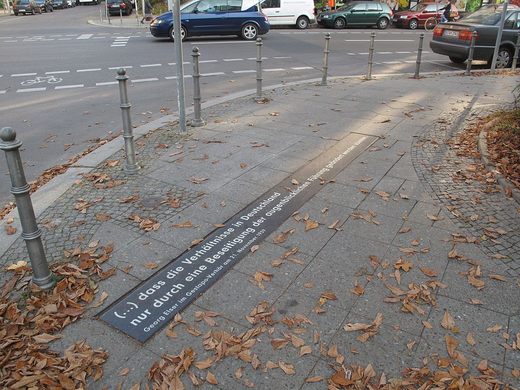


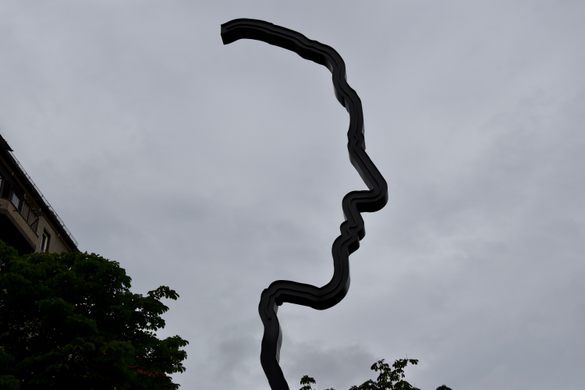







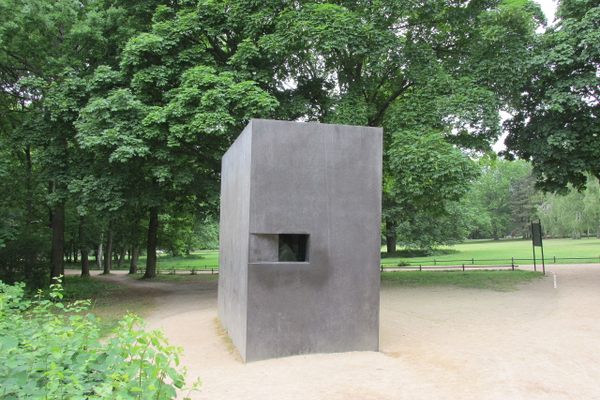

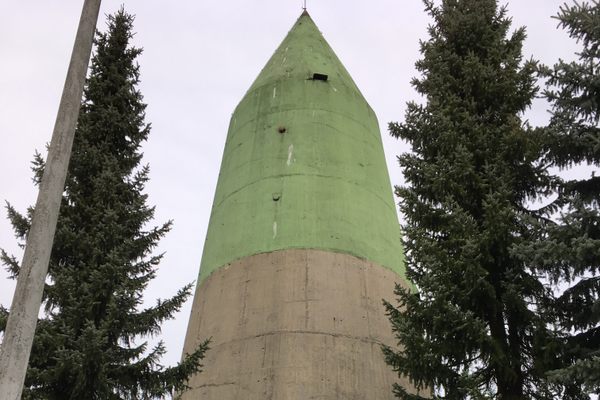

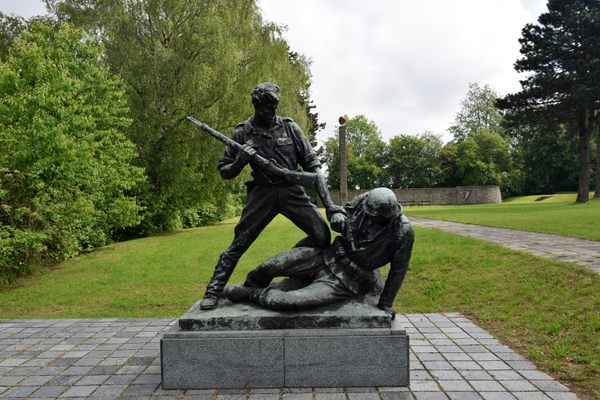


Follow us on Twitter to get the latest on the world's hidden wonders.
Like us on Facebook to get the latest on the world's hidden wonders.
Follow us on Twitter Like us on Facebook